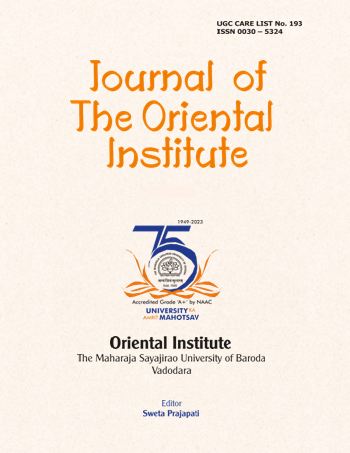ANALYSIS OF GOVERNMENT POLICIES AND SUBSIDIES ON AGRICULTURAL PRODUCTIVITY IN HARYANA
##semicolon##
https://doi.org/10.8224/journaloi.v73i2.651सार
Agriculture is the backbone of Haryana’s economy, providing livelihood to a significant portion of its population. However, despite numerous government interventions, the agricultural sector still faces challenges such as fluctuating market prices, water scarcity, and limited access to modern farming techniques. The government has introduced various policies and subsidies, including the Minimum Support Price (MSP), Pradhan Mantri Kisan Samman Nidhi (PM-KISAN), Pradhan Mantri Fasal Bima Yojana (PMFBY), and state-specific schemes like the Bhavantar Bharpai Yojana, to enhance agricultural productivity and ensure farmer welfare. However, the effectiveness of these schemes depends largely on farmers’ awareness and accessibility to the benefits provided. The condition of farmers in Haryana, particularly in regions like Narnaul Tehsil, remains challenging due to bureaucratic hurdles, lack of proper implementation, and gaps in knowledge about available government support. This research aims to analyze the awareness and satisfaction levels of farmers regarding government policies and subsidies in Haryana. The primary data has been collected through a structured questionnaire administered to beneficiaries of these schemes. The study presents a detailed analysis of policy implementation, farmer perception, and overall impact on agricultural productivity. The findings highlight gaps in the current system and provide recommendations for improving policy outreach and effectiveness to ensure sustainable agricultural development in Haryana.








